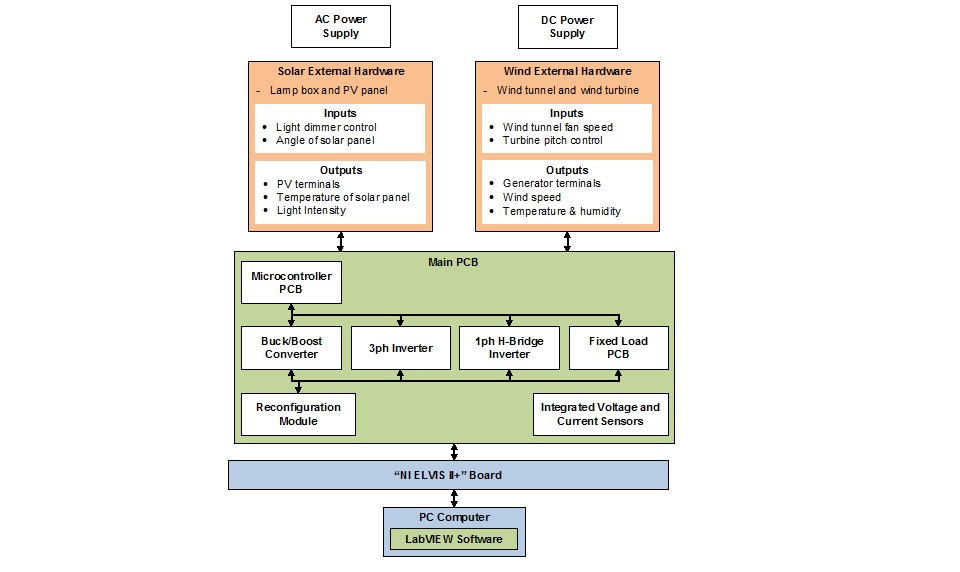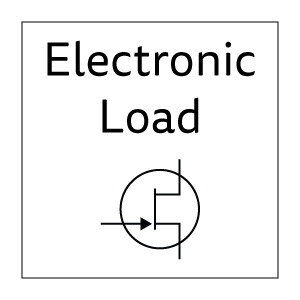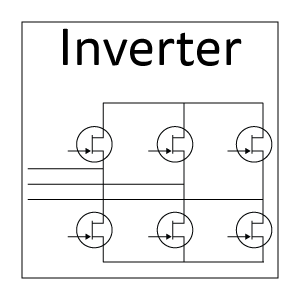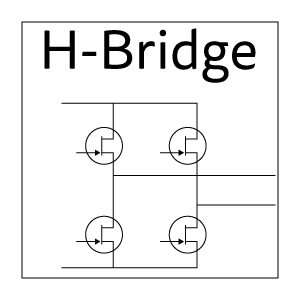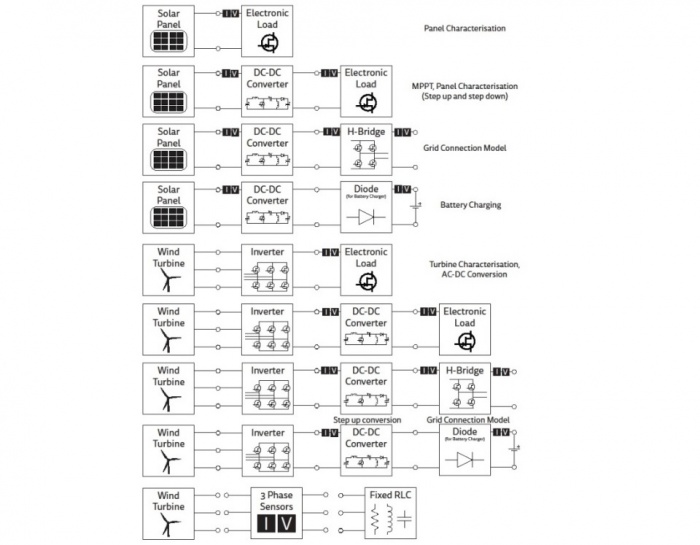Difference between revisions of "Projects:2014S1-01 Development of Fully Automated Educational and Training Tool for Wind and Solar Energy using National Instruments’ ELVIS Based System"
| Line 20: | Line 20: | ||
[[File:Bd.jpg | left | 700px]] | [[File:Bd.jpg | left | 700px]] | ||
| + | |||
== Team Management == | == Team Management == | ||
Revision as of 14:14, 10 October 2014
Contents
Project Information
Project Introduction
The aim of this project is to develop an integrated experimental module for the ELVIS which can be utilised by university students to gain a better understanding of particularly renewable but also power electronic technologies. The module will be utilised in future Distributed Generation Technologies and Power Electronics courses to provide an improved LabVIEW based practical to connect theoretical concepts with real world conditions.
System Architecture
The Solar External Hardware block includes: a PV panel; a stepper motor; a lamp box; sensors; and the mechanical structure that holds these components together. The stepper motor controls the angle of the PV panel. The lamp box will simulate the sun and consists of down lights, down light transformers and a dimmer. Sensors include a temperature sensor and a light intensity sensor.
The Wind External Hardware block includes: a wind tunnel; wind turbine and generator; and sensors. The generator is a hobby BLDC motor. The sensors include wind speed, temperature and humidity sensors.
One main PCB and several sub PCBs will be designed and constructed in this project. The main PCB will provide circuitry and data acquisition capability required to find the characteristics of the PV panel and the wind turbine. Two fixed load PCBs will provide a platform of the RL and RC tests for the wind system. A microcontroller PCB will control the buck/boost converter, 3 phase inverter and 1 phase H-bridge inverter. External microcontroller PCBs will also control and receive data from the wind speed sensor, temperature sensors and the humidity sensor.
The desktop computer will run an educational LabVIEW program that will be developed in this project. The LabVIEW program will guide students through experiments, and allow students to control on-board and external hardware, take measurements from on-board and external sensors, and analyse those measurements.
Block Diagram of the Wind and Solar System
Functional Block Diagram of the Wind and Solar System
Team Management
Team Members
- Mr Matthew Schmidt
- Mr Benjamin Young
- Mr Yichen Huo
Supervisors
- A/Prof Nesimi Ertugrul
- Dr Hong Gunn Chew
Team Member Responsibilities
Group 1 has three members and the responsibilities have been allocated as follows:
- Matt is responsible for the solar experiment, solar external hardware, and solar part of experiment PCB.
- Yichen is responsible for the wind experiment, wind hardware, and the wind part of experiment PCB.
- Ben is responsible for the LabVIEW software and the motherboard PCB.
Resources
- Power Lab Benches
- ELVIS Board
- Computer
- Oscilloscope
- DC Power Supply
- Signal Generator
- Humidity Meter
- Hot Air Anemometer
